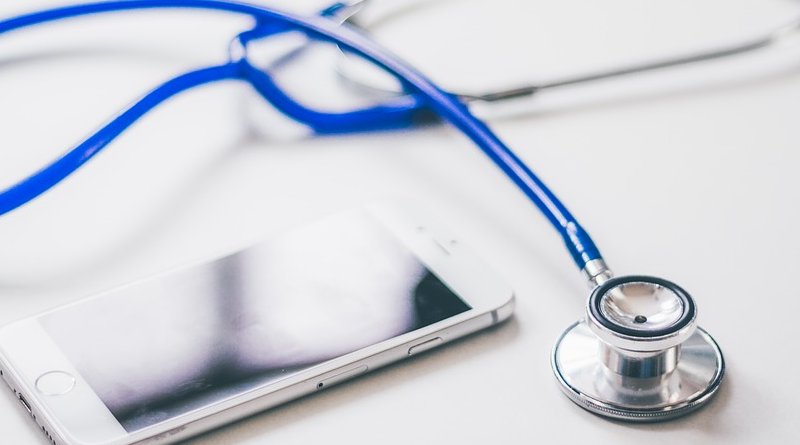Researchers Develop System Based On Contact Tracing To Establish Risk Of COVID-19 Infection
Researchers from the Universitat Politècnica de València (UPV), belonging to the VRAIN Institute, have developed DeteCCovid, a computer tool based on an algorithm that, by anonymous contact tracing, will help to detect people who have been close to a user infected with COVID-19. In addition, it would classify the risk of infection (very high, high, etc.) according to the distance and the time of contact. It is a development, at laboratory scale, that the researchers have provided health authorities with to manage the pandemic.
“Experts in public health say that contacting people that could have been exposed to a known case of COVID-19 is one of the most important steps for containing future outbreaks. How to do it is complicated. Contact tracing through smartphones is a possible solution for carrying out an early detection of possible infections. That’s what DeteCCovid is striving to contribute to,” explains Vicent Botti, director of the Grupo de Tecnología Informática e Inteligencia Artificial (GTIIA) and the VRAIN Institute (Valencian Research Institute for Artificial Intelligence) of the Universitat Politècnica de València. DeteCCovid has been incorporated into U-TOOL, a computer tool developed by the same team of researchers from UPV.
The DeteCCovid algorithm uses a series of data provided from different sources: in a collaborative way or anonymously, using GPS in an app that citizens can install voluntarily on their smartphone and anonymous data provided by mobile phone operators. “This series of data consists of pairs of coordinate + moment in time, and are stored for a maximum of 21 days, enough time to avoid the risk of infection,” explains Javier Palanca, researcher at the GTIIA-VRAIN Institute of UPV.
Regarding its functioning, UPV researchers explain that every minute, the user’s app will safely send their position to a cloud belonging to the Health Authority. When the Health Authority diagnoses a positive case of COVID-19, it will report it in DeteCCovid, which will obtain, as a result, the anonymous identification of people that have shared space in the same time interval. According to Javier Palanca, DeteCCovid uses a three-dimensional (space, time) projection and targets every anonymous identifier with a risk of infection from the information about the place where the contact happened and the time interval (day, hour, minutes) when it happened.
“The classification of a citizen as an infected person will just depend on the health authority, which will be also responsible for contacting, if appropriate, the people at risk of infection, taking quarantine or performing suitable tests,” says Vicent Botti.
The director of the VRAIN Institute-UPV indicates that the system has been tested, through other applications, with more than 2,000 million geolocalized tweets over the last five years. “Since we have no access to real data – this will be possible when the app is distributed throughout the population. We have used these tweets as an alternative for validation. The tweets represent real data from real people with real localization, so they allow us to infer the functioning with more massive data like apps or mobile phone operators’ data. That’s the reason for providing DeteCCovid, once validated, to the health authorities, with the aim of contributing to controlling and managing this pandemic,” concluded Botti.

